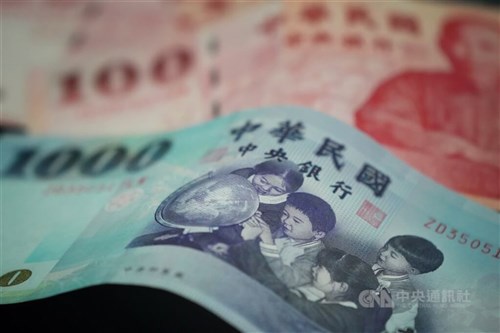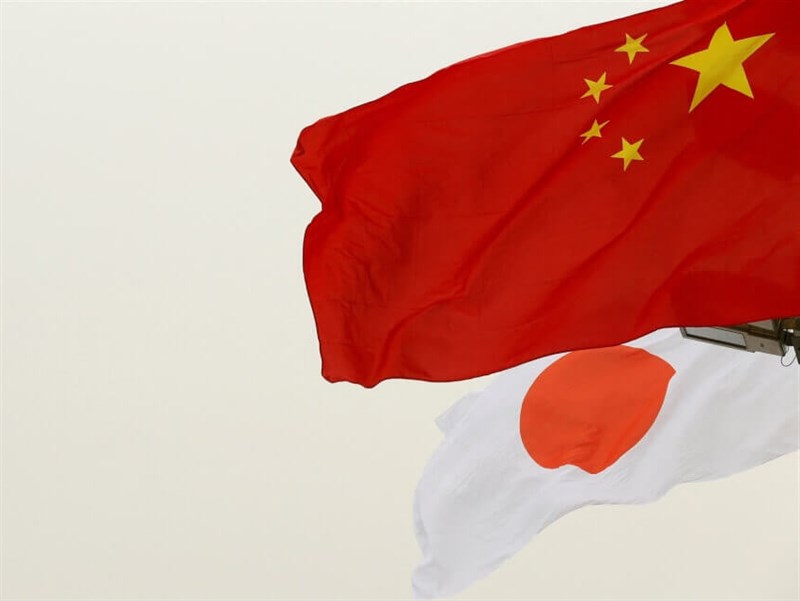ANALYSIS/Abrams tanks to strengthen Taiwan's defense against PLA landings: Experts
12/16/2024 02:34 PM
The addition of U.S.-made Abrams M1A2T tanks will enhance Taiwan's military capabilities in anti-landing operations, a group of Taiwanese defense experts said following the arrival of the first batch of advanced armored vehicles in the country on Sunday.
(Full text of the story is now in CNA English news archive. To view the full story, you will need to be a subscribed member of the CNA archive. To subscribe, please read here.)
More in ANALYSIS
![Taipei knife attack reveals gaps in Metro police deployment]() Taipei knife attack reveals gaps in Metro police deploymentWhen 27-year-old Chang Wen (張文) set off smoke grenades and stabbed bystanders inside the Taipei Main Station's MRT station and near MRT's Zhongshan Station, police were slow to respond, raising questions about the Taipei MRT system's security.12/26/2025 06:19 PM
Taipei knife attack reveals gaps in Metro police deploymentWhen 27-year-old Chang Wen (張文) set off smoke grenades and stabbed bystanders inside the Taipei Main Station's MRT station and near MRT's Zhongshan Station, police were slow to respond, raising questions about the Taipei MRT system's security.12/26/2025 06:19 PM![Fintech expert urges NTD stablecoin to protect monetary sovereignty]() Fintech expert urges NTD stablecoin to protect monetary sovereigntyA fintech expert in Taiwan has called for the issuance of a New Taiwan dollar (NTD) stablecoin, saying it is vital for safeguarding Taiwan's monetary sovereignty and reinforcing the country's industrial competitiveness.12/14/2025 04:15 PM
Fintech expert urges NTD stablecoin to protect monetary sovereigntyA fintech expert in Taiwan has called for the issuance of a New Taiwan dollar (NTD) stablecoin, saying it is vital for safeguarding Taiwan's monetary sovereignty and reinforcing the country's industrial competitiveness.12/14/2025 04:15 PM![China-Japan diplomatic spat not what it seems: Taiwan experts]() China-Japan diplomatic spat not what it seems: Taiwan expertsJapan's first female prime minister, Sanae Takaichi, has faced rising friction with China during her first month in office, with Taiwan unexpectedly pulled into the fray.11/21/2025 06:58 PM
China-Japan diplomatic spat not what it seems: Taiwan expertsJapan's first female prime minister, Sanae Takaichi, has faced rising friction with China during her first month in office, with Taiwan unexpectedly pulled into the fray.11/21/2025 06:58 PM
Latest
- Society
Magnitude 7.0 earthquake rocks northeastern Taiwan
12/27/2025 11:33 PM - Cross-Strait
Xi meeting would hinge on 1992 Consensus, anti-independence: KMT chair
12/27/2025 09:09 PM - Society
Disaster prevention certification set to exceed year-end target: MOI
12/27/2025 08:33 PM - Society
Man dies after being hit on head by 200kg art work in New Taipei
12/27/2025 08:27 PM - Sports
Dreamers fend off Mars to tie for third in TPBL as Julian Boyd returns
12/27/2025 07:51 PM


